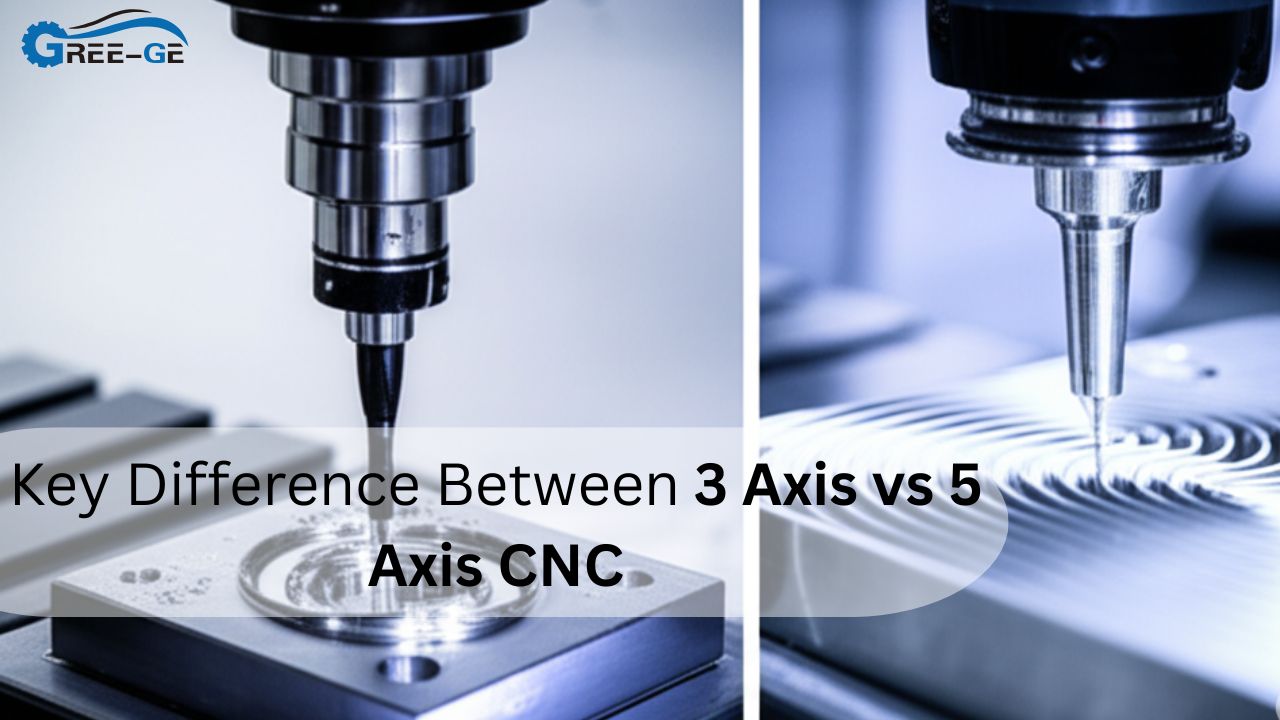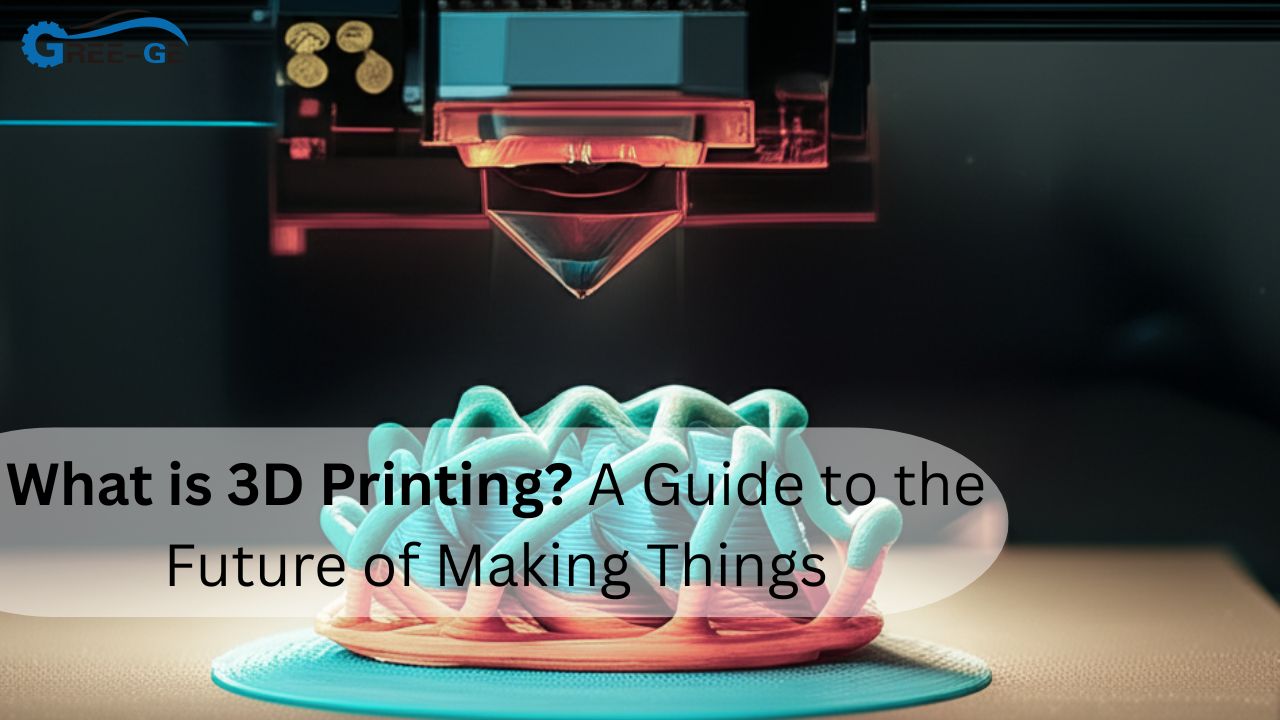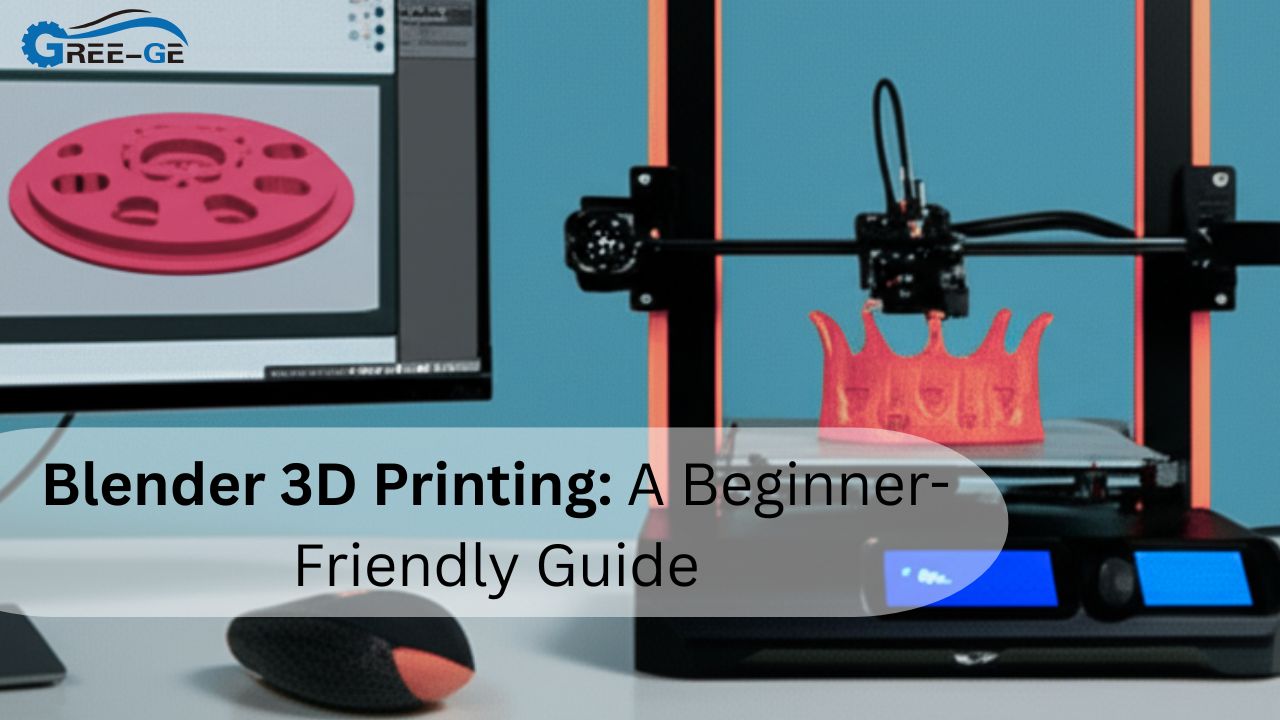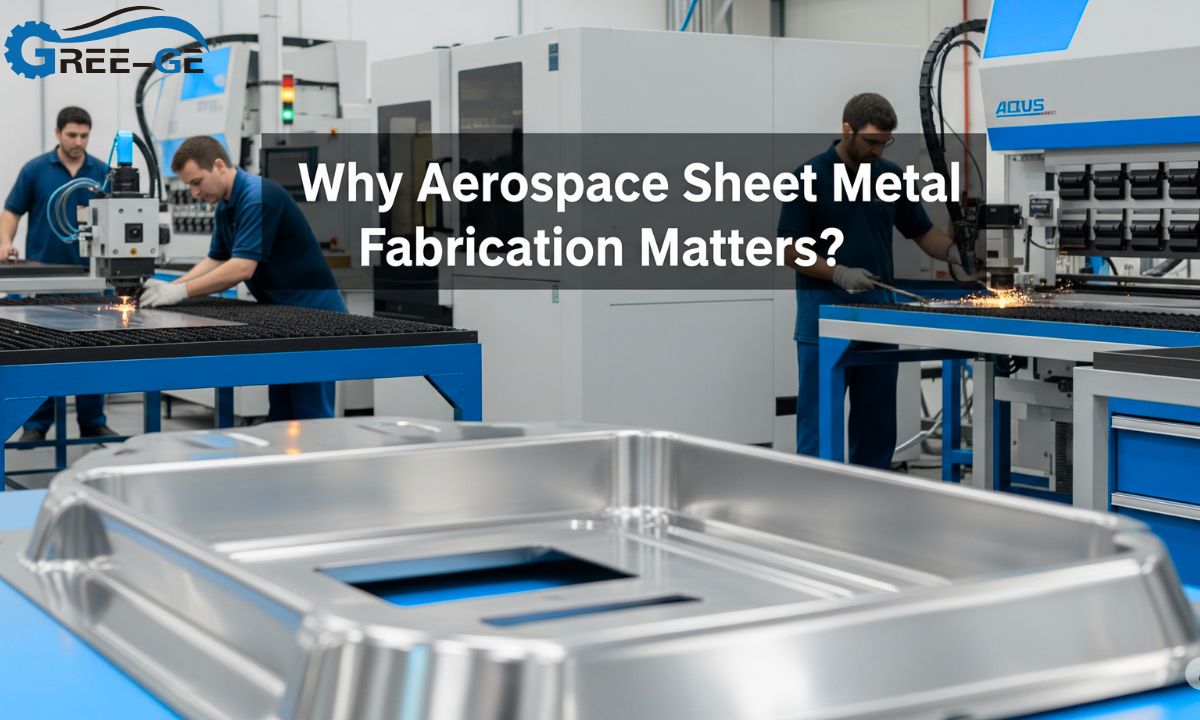Have you ever picked up a plastic part and wondered how it was made so precisely? If that’s ever crossed your mind, you might be asking yourself, what is plastic injection molding? This manufacturing method shows up everywhere, from the keyboard keys we press to the car components we rely on.
Yet, many business owners hesitate because they fear tooling expenses or large production runs. They wonder if the process is truly cost-effective. Can injection molding actually bring down expenses in the long run? Or is it strictly for big corporations with giant assembly lines?
This blog will help you see how “What is plastic injection molding?” can answer your cost-saving needs. We’ll walk through each step, explore different materials, compare injection molding with other processes, and show how the right strategy can trim your overhead.
Know What Is Plastic Injection Molding?
Are you wondering what is plastic injection molding? Injection molding involves melting plastic pellets and injecting them into a custom mold. These molds pop out exact, premium components once cooled. With proper configuration, you can rapidly mass-produce thousands of items. In manufacturing, this guarantees constant dimensions, lowers labor costs, and usually simplifies assembly lines.
Basic Process
The machine heats plastic granules until they melt. A screw or plunger drives the molten plastic into a mold cavity. After cooling, the mold opens, revealing a finished item. This cycle repeats, delivering uniform parts with minimal waste or variance.
Material Versatility
You can pick from various plastic injection molding like ABS, polypropylene, or nylon. Some blends include additives for higher strength or heat resistance. By choosing specialized resins, you tailor part properties—such as impact resistance or color—without needing extra steps after molding.
Cost Efficiency
While molds can be expensive upfront, repeated production slashes per-part expenses. Large orders mean each part’s mold cost becomes negligible. Also, minimized scrap rates save material. Combined with reduced manual labor, injection molding can yield substantial long-term savings.
Defining Plastic Injection Molding
So, what is plastic injection molding? It’s a process where molten plastic is forced into a shaped cavity and allowed to cool. Once hardened, the mold opens, releasing a complete piece. This cycle can repeat thousands—or even millions—of times, making it a top choice for mass production.
Key Steps
- Plastic pellets are fed into a heated barrel.
- The screw inside rotates, mixing and pushing molten plastic forward.
- The plastic is injected into a metal mold at high pressure.
- The part cools and solidifies.
- The mold opens, and the part is ejected.
Because each cycle shapes one or more identical parts, injection molding is prized for consistent quality, it’s also fast: some cycles take mere seconds once the machine is warmed up.
Molds: The Biggest Upfront Investment
The primary concern for small and mid-sized companies is the mold cost. A mold is typically CNC Machining from steel or aluminum. That’s not cheap—especially for intricate or multi-cavity designs. However, once you have the mold, it can produce parts repeatedly at a fraction of the mold’s initial cost.
Steel vs. Aluminum
- Steel molds last longer, which is perfect for high volume. They’re pricier but withstand more injection cycles.
- Aluminum molds are cheaper and quicker to produce but might wear out if you push extremely large production runs.
If you only need thousands instead of millions of parts, an aluminum mold can be a budget-friendly compromise. It can still capture fine details while saving you money.
Material Choices And Their Costs
One reason people keep asking, “What is plastic injection molding?” is because they see it used with so many different polymers. Different plastics come at different price points. Basic options like polypropylene or ABS cost less, but special engineering resins (like polycarbonate or nylon) can be pricier.
- ABS: Balanced strength, decent heat resistance. Common in consumer goods.
- Polypropylene (PP): Great chemical resistance, used in packaging or automotive parts.
- Nylon (PA): Strong and flexible, used in mechanical components.
- Polycarbonate (PC): High impact strength, transparent variants exist.
- POM (Delrin): Low friction, suitable for gears or sliding parts.
Your final material choice should align with your product’s performance needs—like temperature tolerance, chemical exposure, or weight constraints. Knowing the resin cost upfront helps you predict overall manufacturing expenses.
Comparing Injection Molding With Other Methods
Let’s see how injection molding stacks against popular alternatives:
| Method | Setup Cost | Production Speed | Per-Part Cost | Best For |
|---|---|---|---|---|
| 3D Printing (FDM) | Low (desktop printer) | Slow (hours per part) | High (small runs) | Prototypes, custom short runs |
| CNC Machining | Medium tool setup | Moderate | Medium-high | Metal parts or robust prototypes |
| Injection Molding | High (mold creation) | Fast (seconds-cycle) | Low (large runs) | Mass production of plastic goods |
| Vacuum Forming | Medium (form tools) | Fast-ish | Low-medium | Thin-walled packaging, simple shapes |
For mid to high volumes, injection molding quickly outperforms 3D printing or CNC in cost-per-part. However, you must produce enough units to justify the mold. If you’re only making a few hundred items, you may lose money on mold costs.
Reducing Manufacturing Costs Via Injection Molding
Are you still wondering if injection molding can truly reduce your overall manufacturing expenses? Once you recoup the mold investment, each additional part becomes cheaper. Here’s how:
- Economies Of Scale: The more parts you make, the lower your average cost.
- Minimal Scrap: Injection molding precisely doses material, reducing waste.
- Automation: Machines can run with minimal supervision. Labor overhead drops.
- Cycle Time: Quick cycles produce thousands of pieces a day, boosting throughput.
Quick Tip: If you suspect future redesigns, consider flexible mold inserts. They let you tweak certain parts of the mold without remaking everything from scratch, saving money long-term.
Conclusion
So, what is plastic injection molding? In short, it’s a process that melts plastic pellets and injects them into a mold to form identical parts at a rapid pace. Yes, it typically plastic injection molding costs over large volumes because the per-unit expense becomes negligible once the mold is paid for. The key is ensuring you have the right volume and material selection to leverage this method effectively.
In essence, if your product needs consistent, large-scale plastic components, injection molding can absolutely reduce your production costs. Whether you’re a startup exploring your first big run or a seasoned manufacturer wanting to scale, injection molding offers speed, precision, and economies of scale that few other methods can match.
FAQ
- Is injection molding only for huge corporations?
Not necessarily. While large runs benefit most, even small to medium businesses can use injection molding if they plan repeat production.
- How expensive is a typical mold?
It varies. Simple aluminum molds might be a few thousand dollars. Complex steel molds with multiple cavities can exceed tens of thousands.
- Can I use recycled plastic in injection molding?
Yes, many shops blend virgin and recycled resins to cut costs and reduce waste. However, consistency in resin properties must be monitored.







